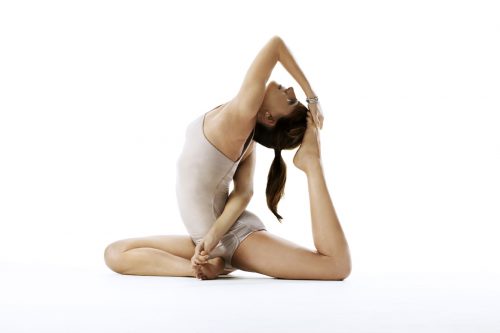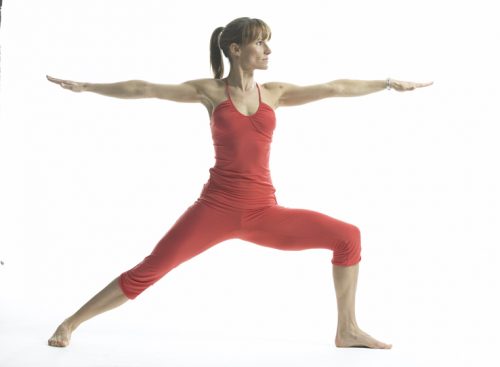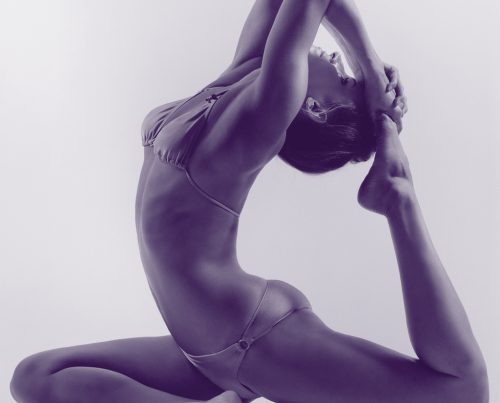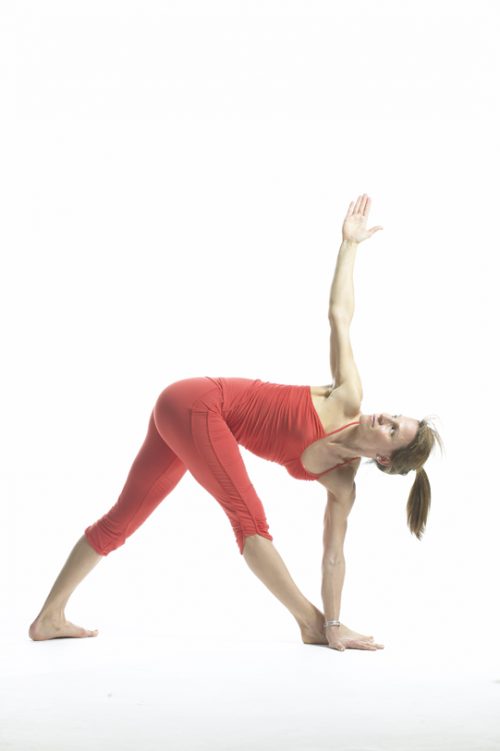We all move our bodies consciously at some point or other, but how often do we consciously exercise our way of breathing? Although breathing exercises look easier to perform than the average yoga posture, beware! In pranayama, we are dealing with the very essence of life and such a practice should be approached with great care. Our breath has a considerable impact on our health, psychological disposition, and state of mind.
The word pranayama means both control (yama) and extension (ayama) of prana (vital life force). Hence the word indicates the ability to withhold the breath, as well as the capacity to expand one’s intake of breath through the lungs, hereby maximizing the assimilation of prana.
The three essential building blocks of pranayama are: inhalation (puraka), exhalation (rechaka), and retention (kumbhaka). The latter can be further divided into antara kumbhaka (inhalation retention) and bhaya (or bahir) kumbhaka (exhalation retention). Out of these an endless array of exercises can be constructed that have distinctly varying effects. In this video I will introduce you to some of the basic pranayamas or breathing exercises.
Our tendency to shallow breathe, especially when we find ourselves in stressful situations, means that we are not exploiting our true energetic capacity, actually when we most need it! The volume of our tidal breath lags well behind our vital capacity. When breathing normally, the tidal air is only very slowly exchanged, so there is always a certain measure of “stale” air in our lungs. Through regular practice of pranayama, the body has access to more oxygen-rich fresh air. It is no wonder therefore, that it leads to higher levels of vitality and joy. If you love asana practice, watch how it improves once you also begin doing specific pranayama exercises regularly.






